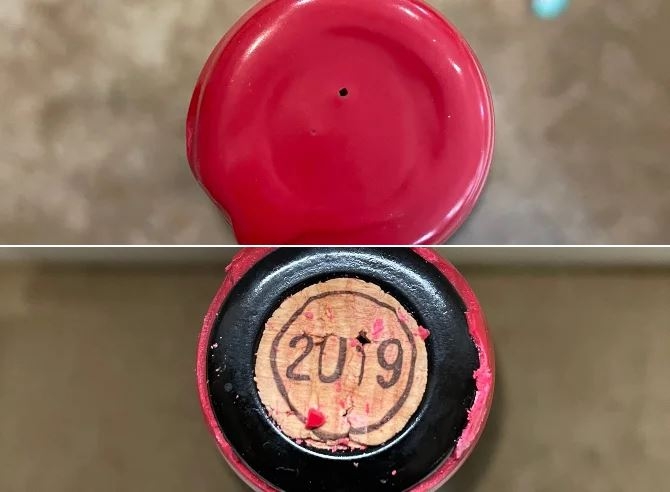Wine stolen using Coravin
How a wine preservation device became a thief's tool
2024-03-09

In the cozy, dimly lit world of wine collecting, where the pursuit of the perfect bottle can be as intricate as the flavors swirling within it, a new controversy has uncorked tensions among enthusiasts and collectors alike. Picture this: a seemingly innocuous device, the Coravin, celebrated for its ability to let connoisseurs sip from their precious bottles without pulling the cork, has found itself at the center of a rather sour saga.
The Coravin works like a magic wand for wine lovers. By inserting a thin needle through the cork, it allows the wine to be poured while replacing the void left behind with argon gas, preserving the rest of the wine's integrity for future enjoyment. But, as with all great innovations, there's a flip side. This clever gadget has allegedly become the tool of choice for a new kind of wine crime, one that's leaving collectors baffled and irate.
The drama began unfolding over the past week, as whispers of wine pilfering surfaced. Two amateur collectors came forward with accusations against a store they had previously done business with, claiming they received bottles that had been tampered with using a Coravin, leaving them with less than what they paid for. The store, on its end, has stoutly denied any wrongdoing, labeling the accusations as defamatory and pointing fingers at social media and Google reviews as the battlegrounds for this dispute.
One of the aggrieved is an American collector with a keen palate for natural wines from the Jura region. Imagine his dismay when, upon inspection, one of his prized magnum bottles was found to be missing a significant amount of wine, with a suspicious Coravin hole puncturing its wax capsule. Despite presenting what seemed like compelling evidence, the store shrugged off responsibility, suggesting the issue could stem from a faulty wax encapsulation, a known occurrence in some bottles.
Halfway across the world, a South Korean wine enthusiast faced a similar predicament. After procuring bottles from a renowned natural wine producer in Jura, he too noticed an unusually low level in one of the bottles, along with the telltale sign of a Coravin hole. Although he received a full refund from his Korean intermediary, the incident left a bitter taste in his mouth, casting a shadow of doubt over the integrity of future acquisitions.
The accused store, known for its curated selection of rare bottles and small-producer wines, stands its ground. It vehemently denies ever using a Coravin on its inventory, insisting any tampering must have occurred post-sale, beyond its control. Yet, these assurances have done little to quell the unease rippling through the wine collecting community, prompting fears that these incidents might signal a broader issue within the niche market of rare and sought-after vintages.
This saga serves as a stark reminder to wine collectors and aficionados: in the passionate, nuanced world of wine, vigilance and caution are paramount. As the community grapples with these allegations, the value of trust and integrity in the intricate dance between collectors, sellers, and the bottles that bind them has never been more apparent. As we raise our glasses to the future, let's hope it's filled with transparency, honesty, and, of course, exceptional wine.
Founded in 2007, Vinetur® is a registered trademark of VGSC S.L. with a long history in the wine industry.
VGSC, S.L. with VAT number B70255591 is a spanish company legally registered in the Commercial Register of the city of Santiago de Compostela, with registration number: Bulletin 181, Reference 356049 in Volume 13, Page 107, Section 6, Sheet 45028, Entry 2.
Email: [email protected]
Headquarters and offices located in Vilagarcia de Arousa, Spain.